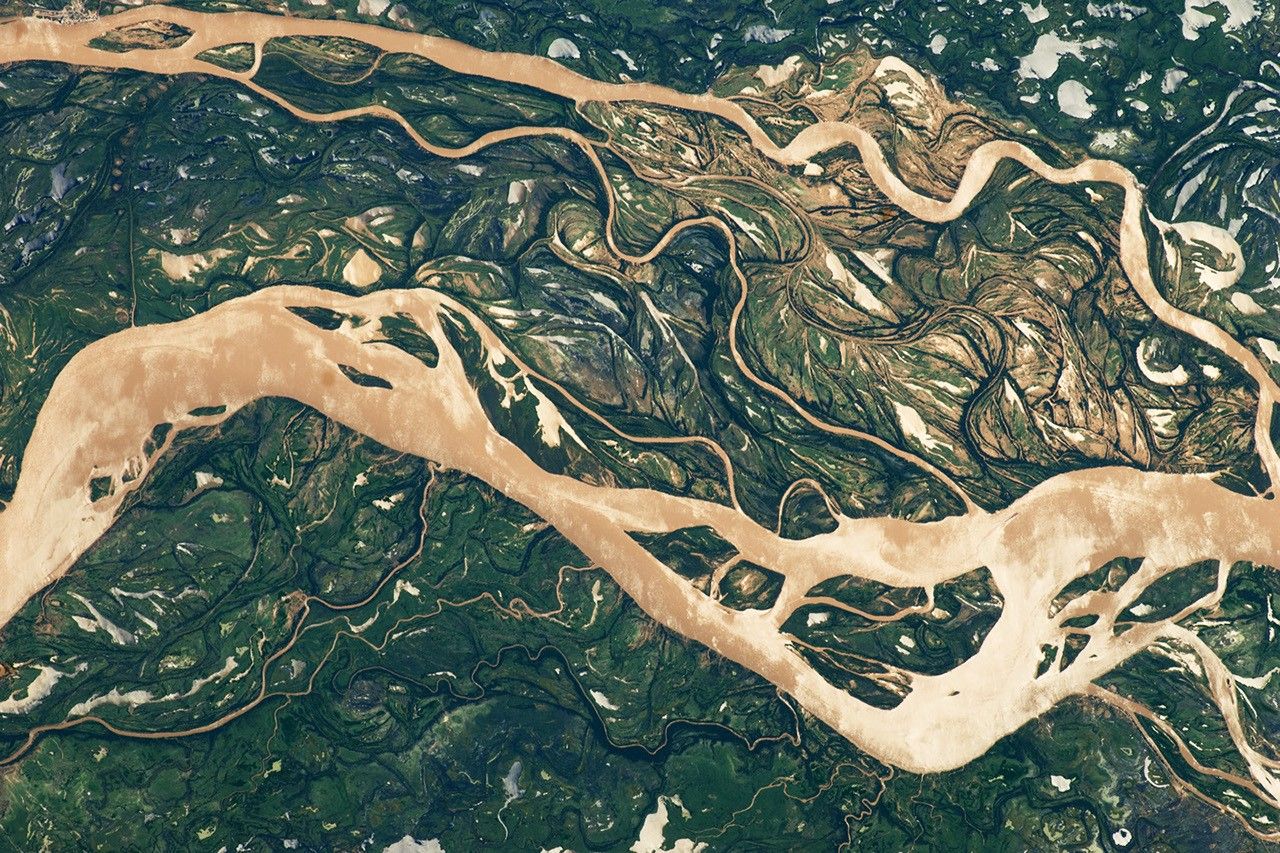NASA’s Curiosity Mars rover used its Mastcam instrument to take the 32 individual images that make up this panorama of the outcrop nicknamed “Mont Mercou.” It took a second panorama, rolling sideways 13 feet (4 meters), to create a stereoscopic effect similar to a 3D viewfinder. The effect helps scientists get a better idea of the geometry of Mount Mercou’s sedimentary layers, as if they’re standing in front of the formation.
Both panoramas were taken on March 4, 2021, the 3,049th Martian day, or sol, of the mission, from a distance of about 130 feet (40 meters) from the cliff face, which is about 20 feet (6 meters) tall. They have been white-balanced so that the colors of the rock materials resemble how they would appear under daytime lighting conditions on Earth.
Included here is an animation to show the stereoscopic effect, along with the two panoramas used to create it. The additional anaglyph offers a 3D glimpse when viewed red-blue glasses.
An anaglyph of the image can be viewed through red-blue glasses, which you can learn to make here.
Malin Space Science Systems (MSSS) in San Diego built and operates Mastcam. A division of Caltech, NASA’s Jet Propulsion Laboratory in Southern California built the Curiosity rover and manages the Curiosity rover for the agency’s Science Mission Directorate in Washington.
Credit: NASA/JPL-Caltech/MSSS































